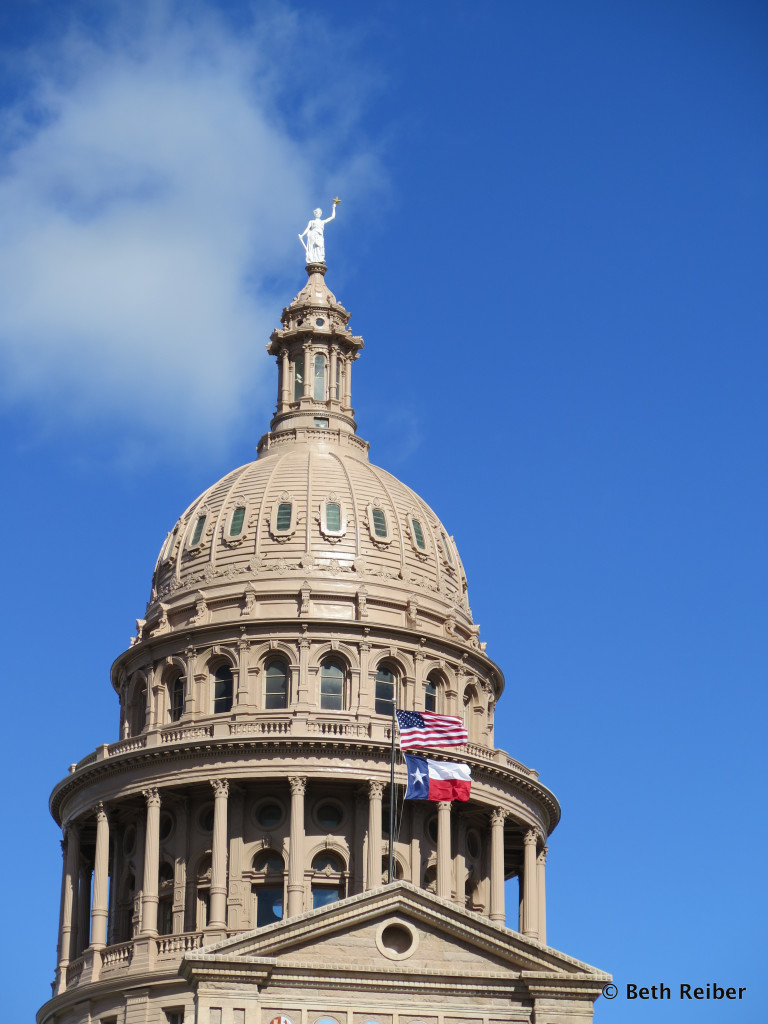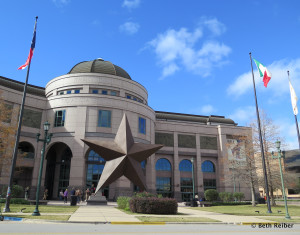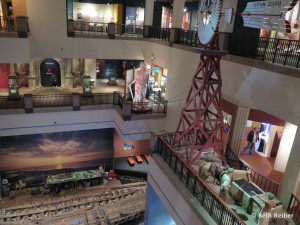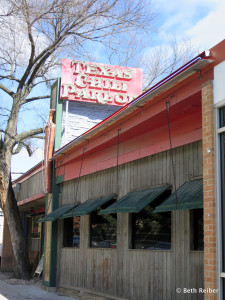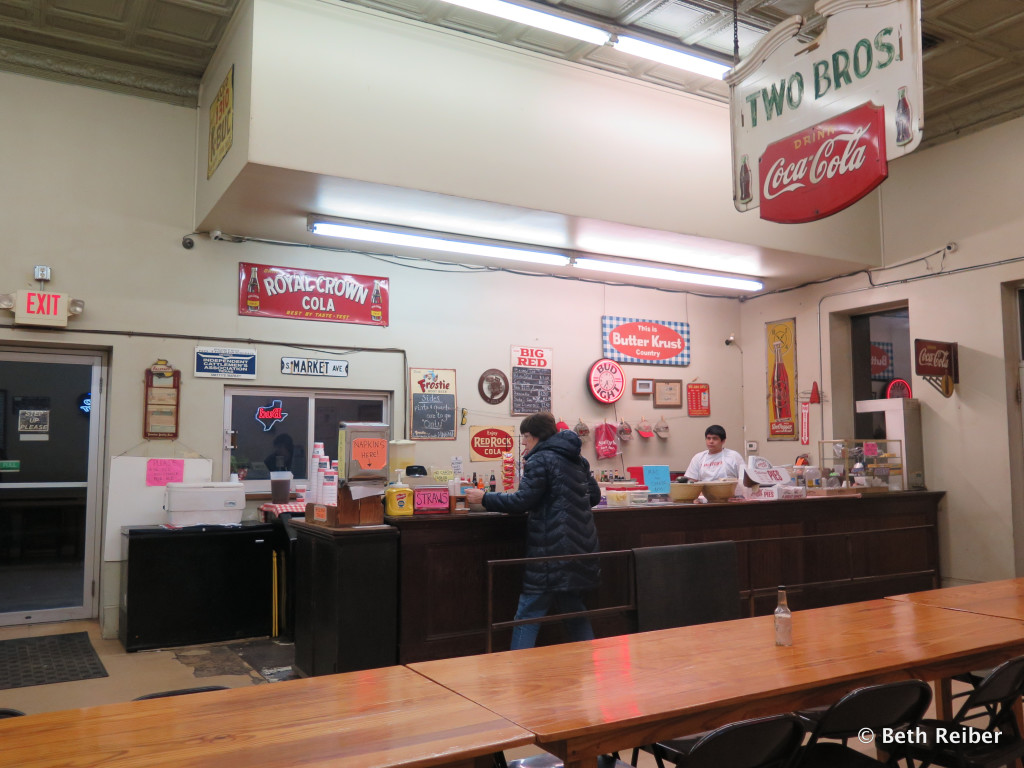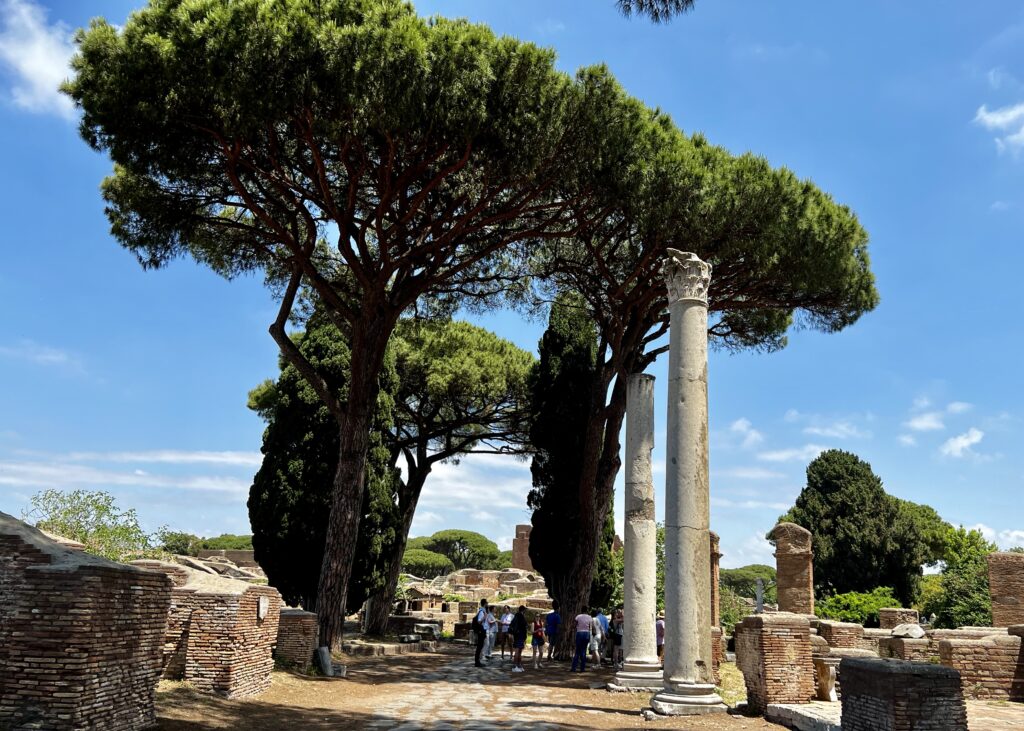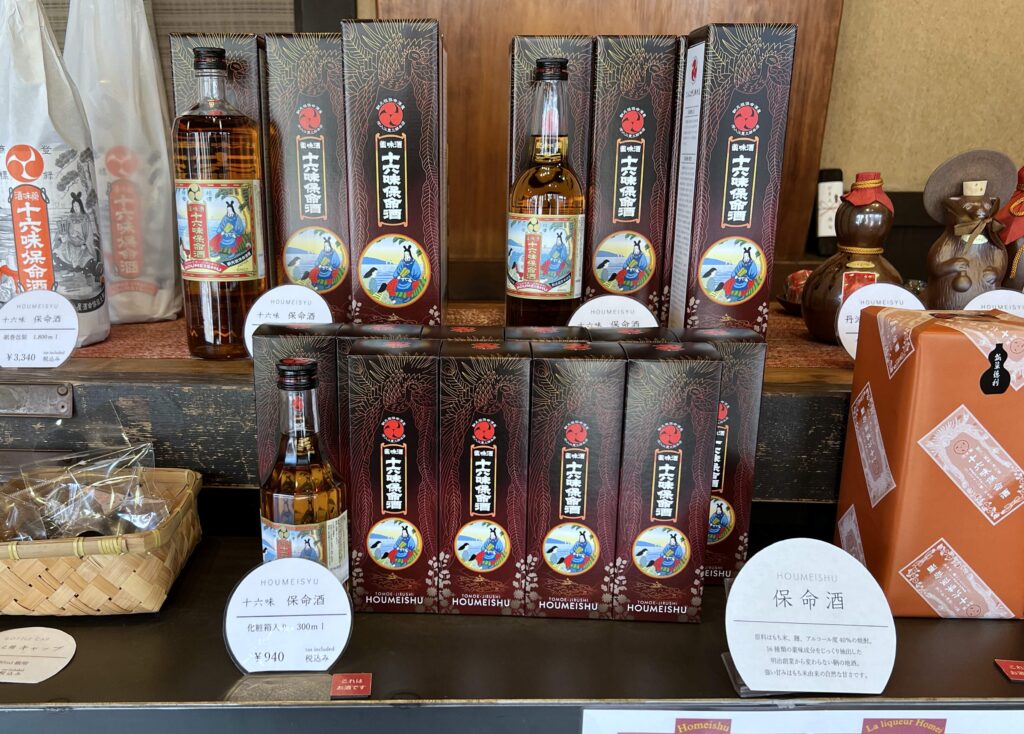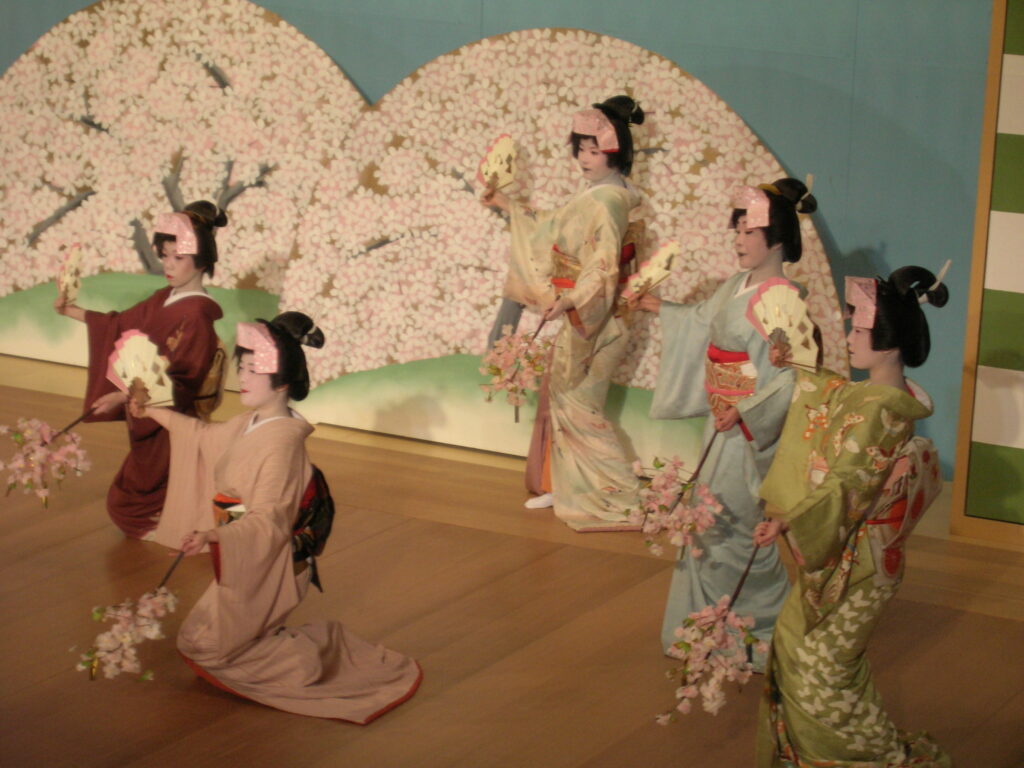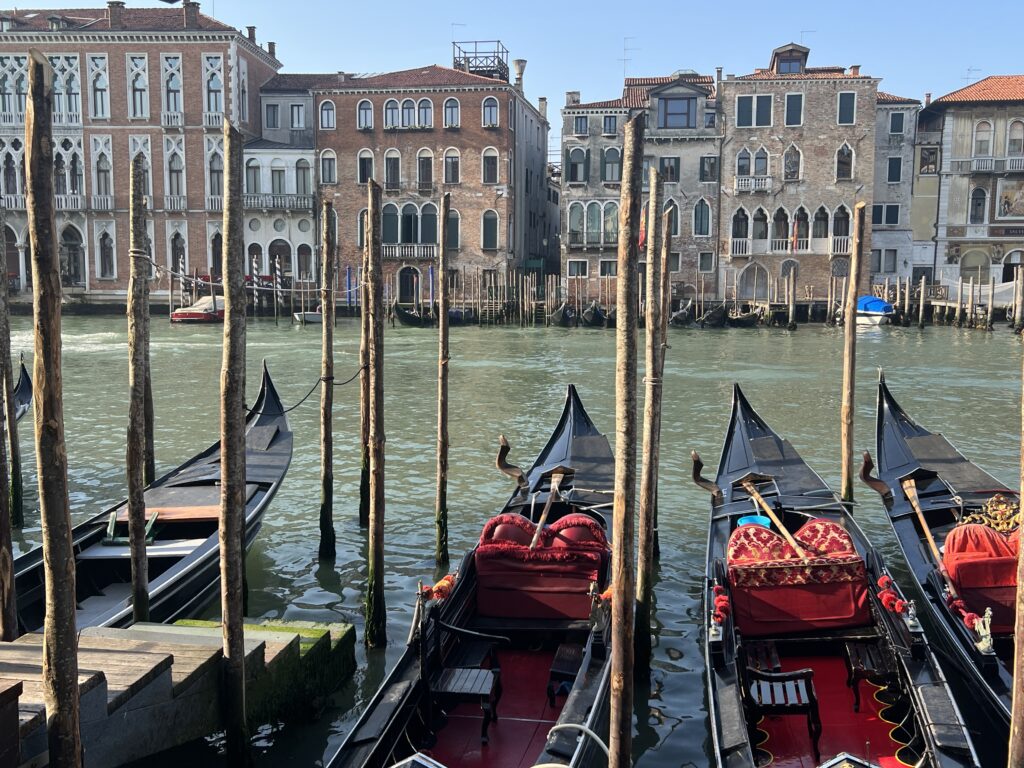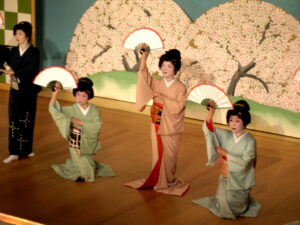Everyone in Austin, Texas, complains about how fast and how much the city is growing, except, perhaps, for the newcomers who have just arrived (give them a year). That’s not a new phenomenon, however, as I’m reminded by an article I wrote about Austin that was published in the Chicago Tribune (Jan. 9, 1983), Miami Herald (Oct. 30, 1983) and Los Angeles Times (January 22, 1984).
Unfortunately, those articles have vanished into the bowels of newsprint archives, and you have to have a subscription to see whether they’ve been preserved in digital. Nonetheless, in 1983, I wrote that 357,200 people lived in Austin. Now there are an estimated 843,000; it’s reportedly the fastest-growing large city in the U.S.
Having seen many of Austin’s sights on previous trips, on a recent visit I decided to spend an afternoon at the Bob Bullock Texas State History Museum to learn more about Texas then and now (actually, I knew almost nothing). The first thing I learned is that Texas wants us to pay for our knowledge–$12 for an adult interested in Texas history, compared with $7 for the Oklahoma History Center, $8 for the Kansas Museum of History and free admission to the Missouri History Museum.
In my three hours at the museum, I also learned that newcomers have been pouring into Texas a lot longer than it’s been a state, much to the chagrin of the people who came before them. Native Americans, of course, were the first, followed by the French and Spanish.
But it was after 1821, when Mexico won its independence from Spain and included Texas as part of its new country, that the population really took off. In a move Mexico surely later regretted, it allowed U.S. colonists to settle in Texas, where they were given land for ranching and farming. Already by the late 1820s Anglo immigrants in Texas outnumbered Mexicans and residents of Spanish descent. By 1835, there were 30,000 Anglo Americans here, 3,500 Tejanos (who had lived here more than a century), about 14,000 Indians and 5,000 African slaves. So although the majority Anglos were either invited here or living illegally, they chafed under their Mexican hosts and fought for independence in the Texas Revolution (1935-1936), after which the Republic of Texas flew its own flag, drafted its own constitution and grew by leaps and bounds.
Texas became the 28th state in 1845 and by 1847 it had a population of 142,000. But astonishingly, by 1860 the population had swelled to 600,000, mostly because of the cotton industry fueled by slavery. So it’s no surprise that Texas, which produced more cotton than any other state, joined the Confederate States of America. After the Civil War, the Ku Klux Klan found a tremendous following in Texas, gaining a majority in the Texas House of Representatives after the 1922 elections and controlling many city governments (Dallas alone had 13,000 KKK members). To the museum’s credit, it doesn’t gloss over the state’s unsavory past.
Other major events in Texas history include the cattle drives from 1866 to 1890 and that biggest one of all–the discovery of oil at the turn of the 20th century and the explosion of boom towns (Beaumont alone grew from 9,000 residents in January 1901 to 30,000 by March that same year).
But best of all, naturally, is awesome Austin City Limits. It opened in 1974 and is the longest-running music program in TV history. A small theater shows highlights. I felt like I was seeing my life flash before my eyes as I watched Willie Nelson (who starred in the 1974 pilot show), Tom Waits, Ray Charles, Johnny Cash, Elvis Costello, Sheryl Crow, Foo Fighters and the many other musicians who have provided music to my personal melodramas over the decades.
Back in 1983, I began my newspaper article about Austin, Texas, with a sign from the Texas Chili Parlor (“Woe to the preppie who should mistakenly wander into this Texas saloon”), and I’m happy to report that although much has changed in Austin, that establishment is as casual and laid-back as ever. In fact, I would list food as one of the main draws for newcomers relocating to the capital. Time was short, but in addition to the Texas Chili Parlor, my travel companion and I had gut-busting Mexican fare at Polvos, split lasagna and a bottle of red wine at classy Vespaio’s, enjoyed burgers and creek views at Ino’z Brew and Chew in Wimberley, and ate what’s probably the best ribs I’ve ever had at Smitty’s Market in Lockhart.
In any case, this is how I ended my article all those years ago:
“Austin is the only place in Texas,” said one man who sat in front of his homemade cabin, pulling absent-mindedly at his long beard.
I waited patiently for him to continue, but he didn’t. As far as he was concerned, that was all that needed to be said.
